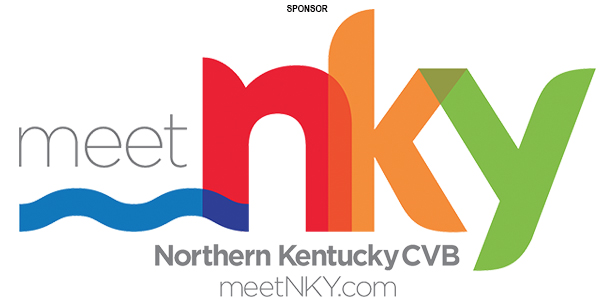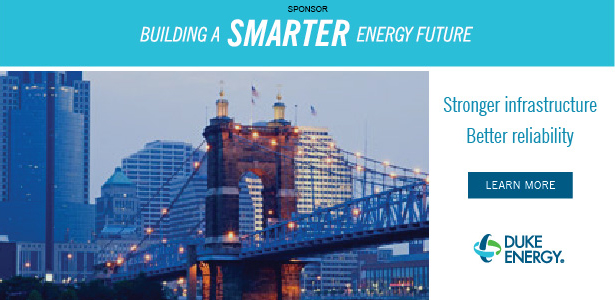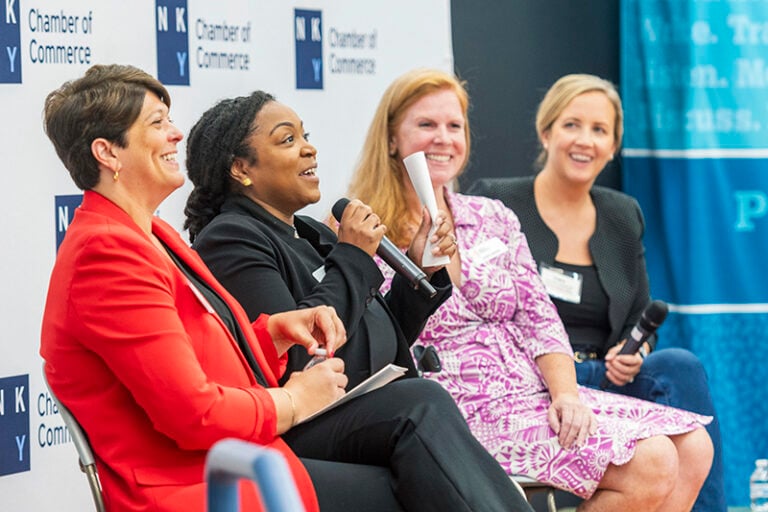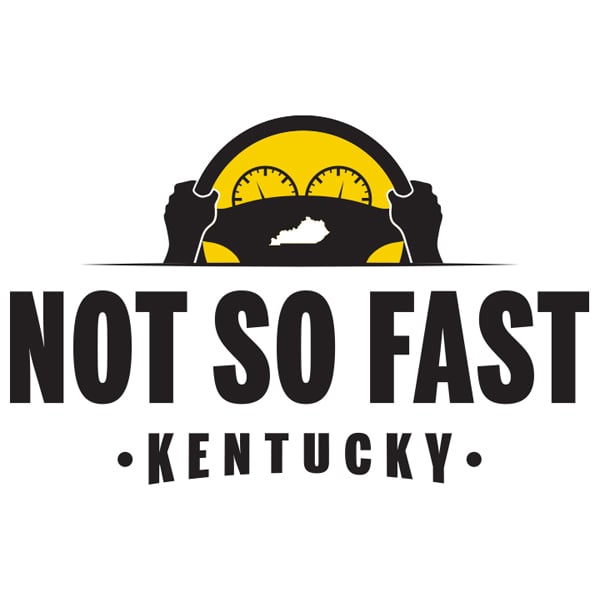Kentucky still isn’t doing right by its schools and their students. Teacher pay has slipped behind competing states, and many students are stuck in failing schools.That’s part of the argument behind Constitutional Amendment 2 on the Nov. 5 ballot, which would repeal our state’s 133-year-old ban against public funding of private education.
There’s a case to be made for giving poor students alternatives to schools like those in Louisville that ranked at or near the bottom of the state’s latest test scores. But its main advocates seem to think that’s too narrow a focus, and/or too complicated an argument. Instead, they make broad claims that are largely unsupported.
The Protect Freedom PAC started its TV campaign with an ad saying, “The states that have had maturing school-choice programs are finding profound benefits in the public schools. Students have higher test scores, and there’s lower suspension rates, and those benefits are really profound with low-income students. That competition just elevates results for everyone.”

The ad gave no sources to support those statements, and it seemed to be a tee-up for ads that followed, from U.S. Sen. Rand Paul and his wife Kelley. The senator claims that “Studies show that more freedom and choice in education means more funding, and better results for all schools, public and private. In states with school choice, math, reading and science scores have all risen.” He conveniently dropped the first ad’s qualifier that limited the claim to states with “maturing school-choice programs.”
In the next ad, Kelley Paul makes the same claim without even mentioning studies, and says teacher pay has risen in states with “school choice.” Well, teacher pay has risen in Kentucky, too, but not enough to keep up with competing states. And the “studies” the senator cited appear to be one paper by a free-market think tank that says “Basic economics predicts that greater competition for teachers’ services leads to higher teacher compensation.”
Maybe in theory in some places, but probably not in practice in Kentucky, a state of small towns and mostly rural counties that are unlikely to get many private schools if the amendment passes. The increased competition would come from the state’s cities, and the rural-urban disparity in teacher pay would grow unless the legislature changed its ways, which seems unlikely as long as it’s 4-to-1 Republican and keeps cutting taxes.
Several direct-mail ads make some of the same misleading claims. Americans for Prosperity touts “expanded resources for students with special needs,” but private schools can refused to admit such students. An AFP door hanger says the amendment would “increase education funding” and “teacher pay,” with no sources cited. In the ultimate howler, the anti-tax group says the amendment would “protect public school funding.” There’s no basis for that, but the false assertion shows that advocates of the amendment know their biggest obstacle is public regard for public schools, especially in rural areas.
The misleading arguments even extend to ballot language written by the legislature, saying the amendment is proposed “To give parents choices in educational opportunities for their children . . .”. Many parents already have such choices; if the language said “more parents” it would be accurate, but it would still be a sales pitch, which is inappropriate for a ballot question.
The first amendment on the Nov. 5 ballot seems designed to turn out voters for the second one. It purports to ban voting by non-citizens, which is already the law. Secretary of State Michael Adams, the state’s chief election officer, says it’s unnecessary – but he will vote for it. He would like to run for governor in 2027.
The legislature’s voter-turnout trick probably won’t be enough to pass Amendment 2, but don’t discount the misleading messages. They may be more believable because they’re not attacking anyone, as is usually the case, and the most visible are coming from a popular three-term senator and his wife.
The ads from opponents of the amendment are no models of fairness. They cherry-pick examples of states where public education suffered because taxpayer money was diverted to private schools. But the amendment would let the legislature go as far as it wanted, perhaps even subsidizing “dune buggies and expensive Lego sets,” as Arizona lawmakers did and Stateline reported.
If Amendment 2 fails, voters will send the legislature a message like the one they sent in 2022 by defeating lawmakers’ bid to keep courts from finding a right to abortion in the state constitution: Don’t go too far. That was a culture-war ballot question, driven by conservatives who have disproportionate influence in Republicans’ legislative primary elections. So are the current questions. May they be the last of their kind for a while, and may our legislators give Kentucky schools and students the funding they need to compete.


















The real issue is that it’s now been almost 3-1/2 decades since KERA was passed in 1990. Promised improvements, including fixing the serious achievement gaps, simply have never occurred. If Amendment 2 fails, the status quo of limited progress will continue.
Against this picture of stagnation, consider Florida, a state with many school choice options. Florida’s public schools have changed their former lackluster performance into nation-leading results in the National Assessment of Educational Progress in both Grades 4 and 8 for both math and reading. The key: competition created by choice appears to prompt public school improvement in a way no law, no regulation, no accountability system, or anything else Kentucky has tried will work.
Al, once again it is all about money with you liberals. You are WRONG! Public school receives more funding per student than a private school. It is even greater in Democrat run states. Teacher pay in Kentucky is very competitive with surrounding states and you omit the fact that the cost of living is cheaper in Kentucky than surrounding states. The median salary of a Kentucky teacher is $54,000. This is for a profession with three months a year of vacation days. So the actual math comes out to $54,000/.75= $72,000 per year. So please stop the false narrative that teachers are underpaid.
Also, their performance is inadequate and anything to improve the learning experience is worth a try.
The worst way to spend money is to spend someone’s money on someone else.
Correction: Giving $8,000 to $10,000 in taxpayer money to a student already attending private school is “the worst way” to spend tax dollars. That’s the voucher way.
Actually Bruce, you’re the one who sounds like a Tax & Spend wastrel. Why should my tax money go to fund some private school teaching who knows what? I’m perfectly content supporting public schools with public tax money But I damn sure won’t tolerate one penny of my taxes going to support some private MAGA child indoctrination center. If you want to send your child to something like that, you have every right to do u and pay for it yourself. Who knows? Maybe the Donald will volunteer one a week to teach business classes there.
This is how our public schools are actually performing:
“According to Kentucky’s testing in 2022 (the KSA), over half of students are not proficient on grades 4 and 8 reading and math tests. The 2022 national NAEP test indicates that over two-thirds are not proficient.
For Black students, the 2022 KSA shows that over three-fourths are not proficient on any of these tests. The 2022 NAEP indicates over 85% are not proficient.” (The Bluegrass Institute for Public Policy Solutions published: K-12 in Kentucky: A summary of facts and trends by John Garen PhD.)
IF you are happy with that outcome for your children and grandchildren fine. However, most of us are not.
Taxpayers do not need to pay for a new bureaucracy which would be solely dedicated to funneling hundreds of millions of our hard-earned dollars into private, church-run schools that are doing fine without a government handout.